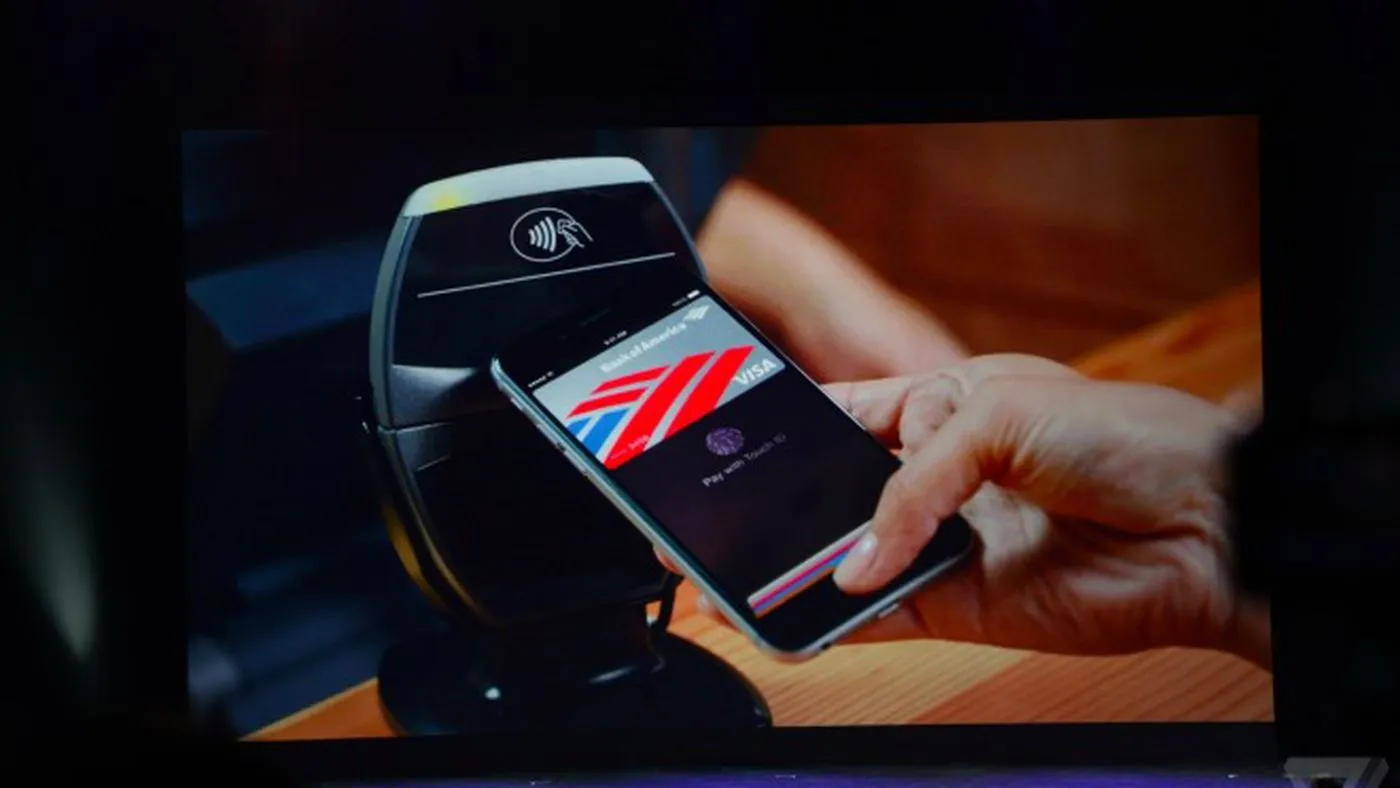Apple Pay: Revolutionizing Digital Payments in the Last Ten Years

Apple Pay's Evolution: A Decade of Innovation
In 2014, Apple introduced Apple Pay, aiming to revolutionize payment methods with its NFC capability. Today, Apple Pay is ubiquitous, allowing users to effortlessly pay for everyday items from groceries to subway rides.
How Apple Pay Works
Using your iPhone, Apple Watch, or Apple computer, you can easily make purchases. The simplicity of double-clicking a button to pay makes transactions quick and eliminates lengthy checkout processes.
- Used by 55.8 million Americans for in-store purchases as of April 2023.
- Accepted by over 85 percent of retailers in the U.S.
Impact on the Payment Industry
Apple Pay showcases Apple's unique ability to command the market. While competitors like Google have struggled, Apple has consistently improved its service.
However, Apple controls access to its payment features tightly, and third-party competitors find it nearly impossible to integrate directly, raising concerns over monopolistic practices.
- Integration challenges for developers.
- Criticisms regarding Apple's fee structures.
Despite concerns, Apple continues to innovate and expand Apple Pay’s functionality with features like Apple Cash and Apple Pay Later. The tight control over the ecosystem fuels debates on privacy versus profit.
This article was prepared using information from open sources in accordance with the principles of Ethical Policy. The editorial team is not responsible for absolute accuracy, as it relies on data from the sources referenced.